A huge number of ultracold atoms have been corralled into a grid that could form the basis of the next largest quantum computer.


A huge number of ultracold atoms have been corralled into a grid that could form the basis of the next largest quantum computer.
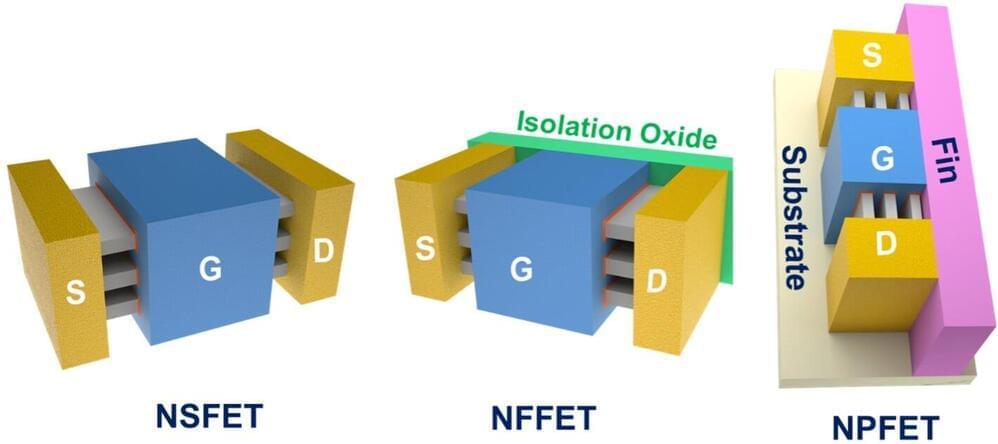
The operation and performance of quantum computers relies on the ability to realize and control entanglement between multiple qubits. Yet entanglement between many qubits is inherently susceptible to noise and imperfections in quantum gates.
In recent years, quantum physicists and engineers worldwide have thus been trying to develop more robust protocols to realize and control entanglement. To be most effective for real-world applications, these approaches should reliably support long-range entanglement, or in other words ensure that qubits remain entangled even when they are separated by large distances.
Researchers at IBM Quantum, University of Cologne and Harvard University set out to demonstrate one of these protocols in an experimental setting.
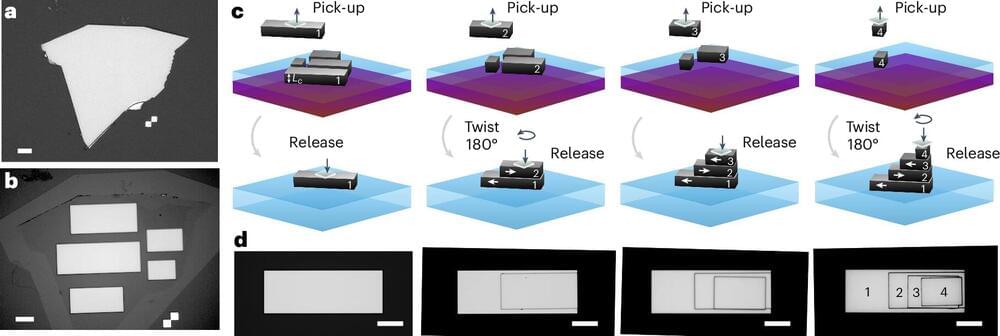
Physicists have spent more than a century measuring and making sense of the strange ways that photons, electrons, and other subatomic particles interact at extremely small scales. Engineers have spent decades figuring out how to take advantage of these phenomena to create new technologies.
In one such phenomenon, called quantum entanglement, pairs of photons become interconnected in such a way that the state of one photon instantly changes to match the state of its paired photon, no matter how far apart they are.
Nearly 80 years ago, Albert Einstein referred to this phenomenon as “spooky action at a distance.” Today, entanglement is the subject of research programs across the world—and it’s becoming a favored way to implement the most fundamental form of quantum information, the qubit.
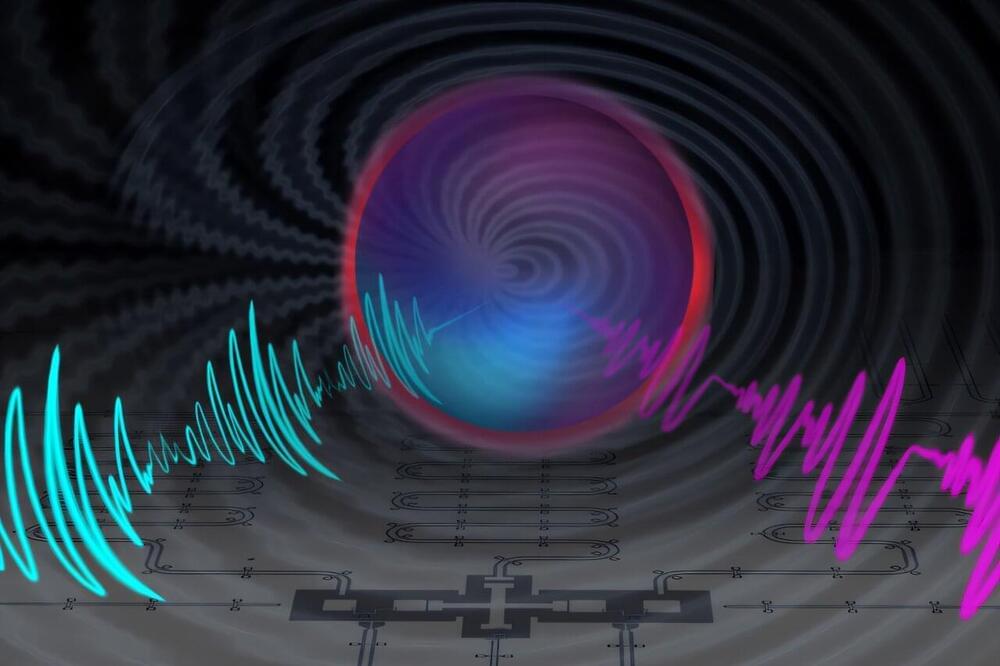
Quantum computing promises to solve complex problems exponentially faster than a classical computer, by using the principles of quantum mechanics to encode and manipulate information in quantum bits (qubits).
Qubits are the building blocks of a quantum computer. One challenge to scaling, however, is that qubits are highly sensitive to background noise and control imperfections, which introduce errors into the quantum operations and ultimately limit the complexity and duration of a quantum algorithm. To improve the situation, MIT researchers and researchers worldwide have continually focused on improving qubit performance.
In new work, using a superconducting qubit called fluxonium, MIT researchers in the Department of Physics, the Research Laboratory of Electronics (RLE), and the Department of Electrical Engineering and Computer Science (EECS) developed two new control techniques to achieve a world-record single-qubit fidelity of 99.998%. This result complements then-MIT researcher Leon Ding’s demonstration last year of a 99.92% two-qubit gate fidelity.
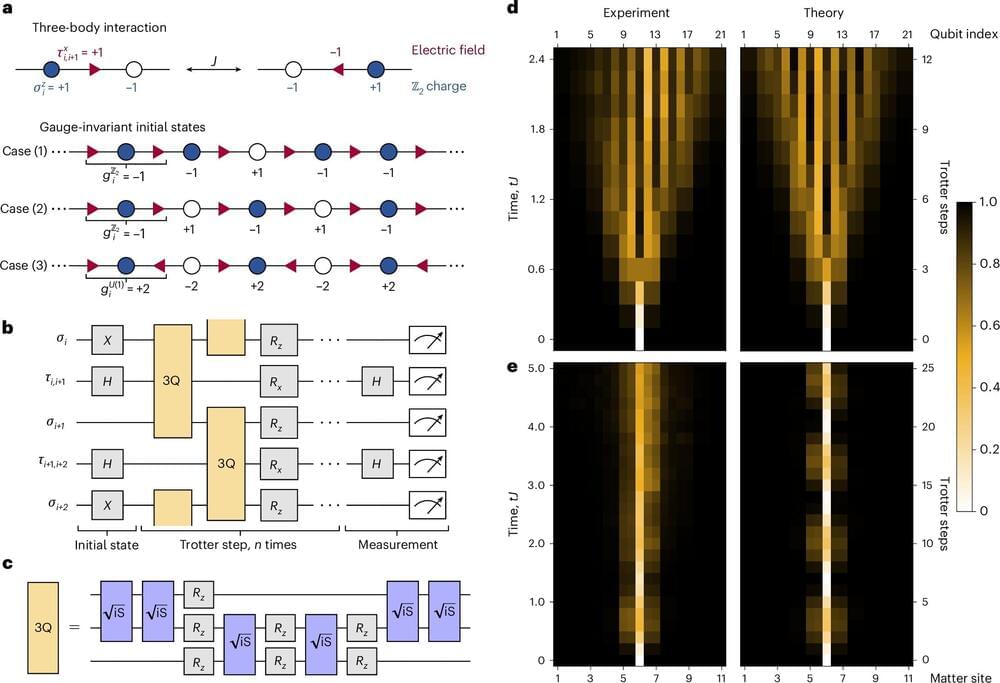
Science is always looking for more computing power and more efficient tools capable of answering its questions. Quantum computers are the new frontier in data processing, as they use the quantum properties of matter, such as the superposition of states and entanglement, to perform very complex operations.
A research team coordinated by the Department of Physics of the University of Trento had the opportunity to test some hypotheses on confinement in Z2 lattice gauge theory on the quantum computers of Google’s Quantum Artificial Intelligence Lab, in California. Their work was published in Nature Physics.
Gauge theories describe the fundamental forces in the standard model of particle physics and play an important role in condensed matter physics. The constituents of gauge theories, such as charged matter and electric gauge field, are governed by local gauge constraints, which lead to key phenomena that are not yet fully understood. In this context, quantum simulators may offer solutions that cannot be reached using conventional computers.
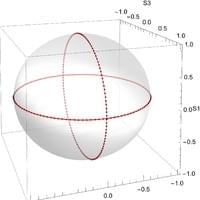
Quantum networking continues to encode information in polarization states due to ease and precision. The variable environmental polarization transformations induced by deployed fiber need correction for deployed quantum networking. Here, we present a method for automatic polarization compensation (APC) and demonstrate its performance on a metropolitan quantum network. Designing an APC involves many design decisions as indicated by the diversity of previous solutions in the literature. Our design leverages heterodyne detection of wavelength-multiplexed dim classical references for continuous high-bandwidth polarization measurements used by newly developed multi-axis (non-)linear control algorithm(s) for complete polarization channel stabilization with no downtime. This enables continuous relatively high-bandwidth correction without significant added noise from classical reference signals. We demonstrate the performance of our APC using a variety of classical and quantum characterizations. Finally, we use C-band and L-band APC versions to demonstrate continuous high-fidelity entanglement distribution on a metropolitan quantum network with an average relative fidelity of 0.94 ± 0.03 for over 30 hrs.

A team of physicists led by The City College of New York’s Lia Krusin-Elbaum has developed a novel technique that uses hydrogen cations (H+) to manipulate relativistic electronic bandstructures in a magnetic Weyl semimetal—a topological material where electrons mimic massless particles called Weyl fermions. These particles are distinguished by their chirality or “handedness” linked to their spin and momentum.
In the magnetic material MnSb₂Te₄, researchers unveiled a fascinating ability to “tune” and enhance the chirality of electronic transport by introducing hydrogen ions, reshaping on-demand the energy landscapes—called Weyl nodes—within the material. This finding could open a breadth of new quantum device platforms for harnessing emergent topological states for novel chiral nano-spintronics and fault-tolerant quantum computing. Entitled “Transport chirality generated by a tunable tilt of Weyl nodes in a van der Waals topological magnet,” the study appears in the journal Nature Communications.
The tuning of Weyl nodes with H+ heals the system’s (Mn-Te) bond disorder and lowers the internode scattering. In this process—which The City College team tests in the Krusin Lab using angularly-resolved electrical transport—electrical charges move differently when the in-plane magnetic field is rotated clockwise or counterclockwise, generating desirable low-dissipation currents. The reshaped Weyl states feature a doubled Curie temperature and a strong angular transport chirality synchronous with a rare field-antisymmetric longitudinal resistance—a low-field tunable ‘chiral switch’ that is rooted in the interplay of topological Berry curvature, chiral anomaly and a hydrogen-mediated form of Weyl nodes.

Researchers have successfully simulated the non-Hermitian skin effect in a two-dimensional quantum system, a first in the field.
This groundbreaking work, which uses ultracold fermions, reveals potential for a deeper understanding of quantum systems interacting with their environment, paving the way for future discoveries in quantum physics and information.
Groundbreaking Quantum Simulation Achievement.
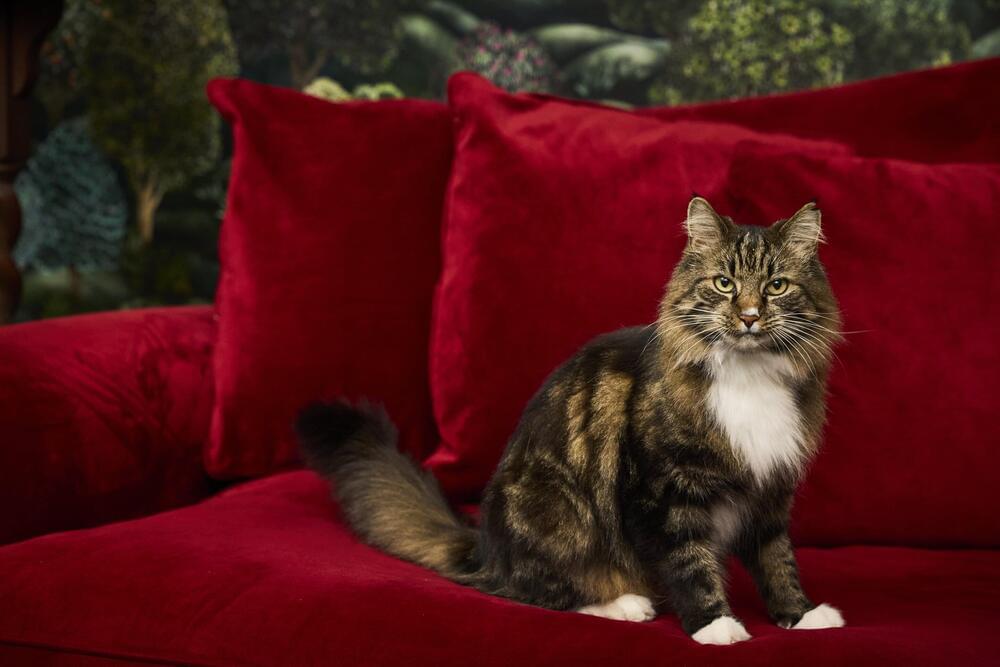
UNSW engineers have demonstrated a well-known quantum thought experiment in the real world. Their findings deliver a new and more robust way to perform quantum computations—and they have important implications for error correction, one of the biggest obstacles standing between them and a working quantum computer.
Quantum mechanics has puzzled scientists and philosophers for more than a century. One of the most famous quantum thought experiments is that of the “Schrödinger’s cat”—a cat whose life or death depends on the decay of a radioactive atom.
According to quantum mechanics, unless the atom is directly observed, it must be considered to be in a superposition—that is, being in multiple states at the same time—of decayed and not decayed. This leads to the troubling conclusion that the cat is in a superposition of dead and alive.
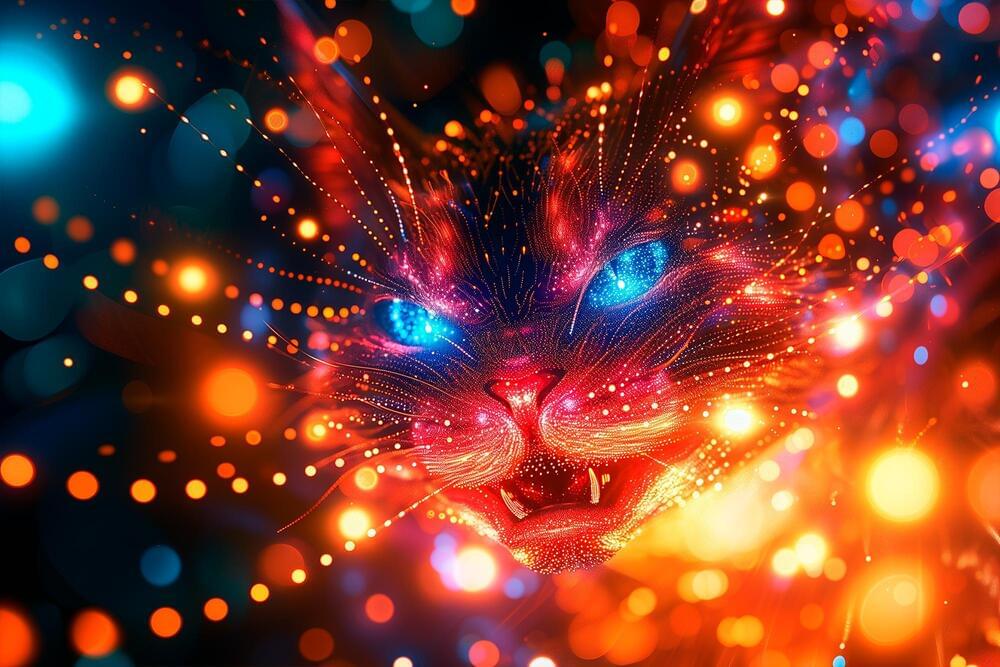
In a groundbreaking experiment, UNSW researchers successfully applied the Schrödinger’s cat concept using an antimony atom to enhance quantum computations.
This method significantly improves the reliability of quantum data processing and error correction, potentially accelerating the advent of practical quantum computing.
Understanding quantum mechanics through schrödinger’s cat.